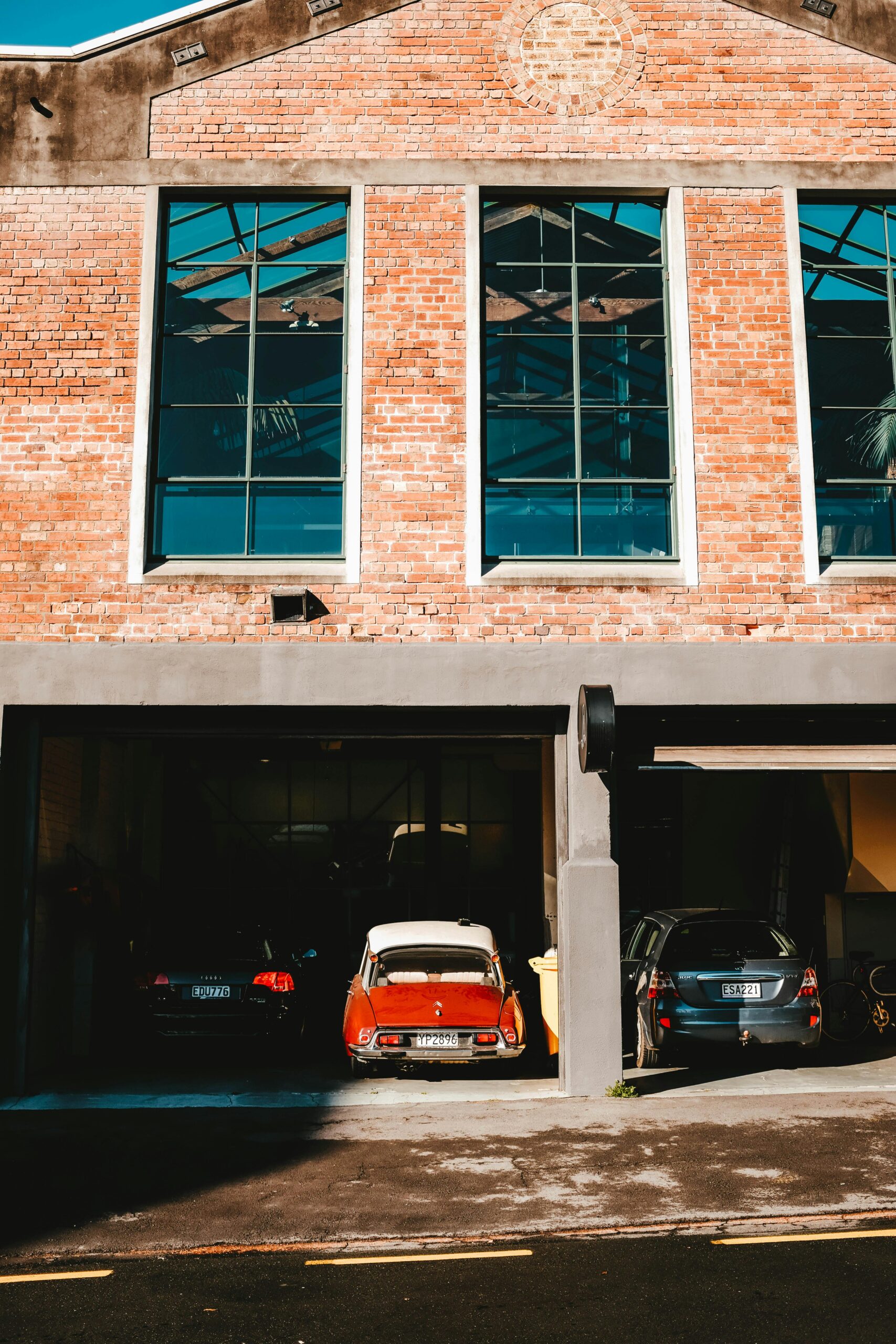Inside the Garage: Tips for Maintaining Your Classic Car Collection
For classic car enthusiasts, their collection is more than just a set of vehicles; it’s a passion project that connects them to a bygone era of automotive history and design. However, owning and maintaining a classic car collection comes with its unique set of challenges. Unlike modern vehicles, classic cars require a level of care and attention that goes beyond the occasional wash and oil change. Here, we delve into essential tips for maintaining your classic car collection, ensuring each vehicle not only retains its charm and value but remains roadworthy and reliable.
Contents
Create a Dedicated Maintenance Schedule
Understand Each Car’s Needs
Every classic car is unique, with its specific maintenance requirements based on age, make, model, and condition. It’s crucial to understand these needs deeply to create a dedicated maintenance schedule. This schedule should include regular check-ups, fluid changes, and inspections of critical components such as brakes, tires, and engine parts.
Prioritize Preventative Maintenance
Preventative maintenance is key to avoiding major repairs down the line. Regularly scheduled maintenance tasks such as oil changes, coolant flushes, and brake inspections can prevent the wear and tear that leads to bigger issues. Adhering to a well-planned maintenance schedule can save you time, money, and the heartache of seeing your prized possession sidelined due to preventable damage.
Address Rust Before It Spreads
The Enemy of Classic Cars
Rust is often considered the biggest enemy of classic cars. Moisture and salt can lead to rust, which can quickly spread and compromise the structural integrity and aesthetic appeal of your vehicle. Regular inspections for rust spots and addressing them immediately are crucial. This might involve minor touch-ups or, in severe cases, professional bodywork to remove and repair rusted areas.
Preventative Measures
Taking preventative measures against rust is equally important. This can include storing your cars in a dry, climate-controlled environment and using rust inhibitors or protective coatings on susceptible areas.
Keep It Original—Or As Close As Possible
Value in Authenticity
For many classic cars, their value lies in their originality. Keeping your car as close to its original state as possible can maintain or even increase its value. This means using original parts for repairs or replacements whenever feasible. It also involves preserving the original paint, interior, and accessories as much as possible.
While maintaining originality is important, some modern upgrades, especially related to safety or reliability, can be beneficial. Upgrades such as disc brakes, electronic ignition systems, or even air conditioning can improve drivability without significantly detracting from the car’s value or authenticity. The key is to make thoughtful, reversible upgrades that enhance the driving experience without compromising the vehicle’s character.
Detailing Is Not Just About Looks
A Critical Component of Maintenance
Detailing goes beyond making your car look good; it’s a critical component of maintaining a classic car. Regular detailing can protect the paint, chrome, and interior materials from wear, sun damage, and deterioration. It also provides an opportunity to inspect the vehicle closely for any issues such as cracks, leaks, or rust.
Use the Right Products
Using the right products for cleaning and detailing is essential. Harsh chemicals can damage older materials. Opt for high-quality, automotive-specific products designed for use on classic cars. This includes gentle cleansers for the body and interior, as well as waxes and polishes that offer protection without causing harm.
Invest in Proper Storage
The Importance of Climate Control
Proper storage is paramount for preserving classic cars. Whenever possible, store your vehicles in a climate-controlled environment to protect them from temperature extremes, humidity, and dust. This can prevent a range of issues, from rust and paint damage to deteriorating interior materials.
Consider Security Measures
Security is another important aspect of storage. Investing in a secure garage with robust locks and perhaps even a security system can protect your valuable collection from theft or vandalism.
Join a Community
The classic car community is a vibrant and supportive network where enthusiasts share knowledge, resources, and experiences. Joining a club or online community can provide invaluable advice on maintenance, restoration, and sourcing parts. It can also be a great way to make connections with experts and other collectors who can offer support and guidance.
Access to Events and Shows
Being part of a community also gives you access to events, shows, and rallies. These gatherings are not only enjoyable but can be educational, offering insights into maintenance, preservation, and the classic car culture.
Regular Use
The Importance of Driving Your Classics
While it might seem counterintuitive, regularly driving your classic cars is essential for their maintenance. Cars that sit idle for too long can develop a range of issues, from seized engines and deteriorating seals to stale fuel and battery drain. Regular use keeps the components lubricated and in good working order.
Balance Use with Preservation
Finding a balance between regular use and preservation is key.
Drive each vehicle enough to keep it in good condition, but not so much that it accelerates wear and tear. This balance will depend on the car’s condition, value, and your personal attachment to it.
Maintaining a classic car collection is a labor of love, requiring dedication, knowledge, and a proactive approach to preservation. By creating a tailored maintenance schedule, addressing rust promptly, keeping your cars original, investing in proper storage, joining a community, and balancing use with preservation, you can ensure that your collection remains in pristine condition. These efforts not only maintain the value and functionality of your classic cars but also ensure that they can be enjoyed for generations to come, continuing to ignite passions and preserve automotive history.

